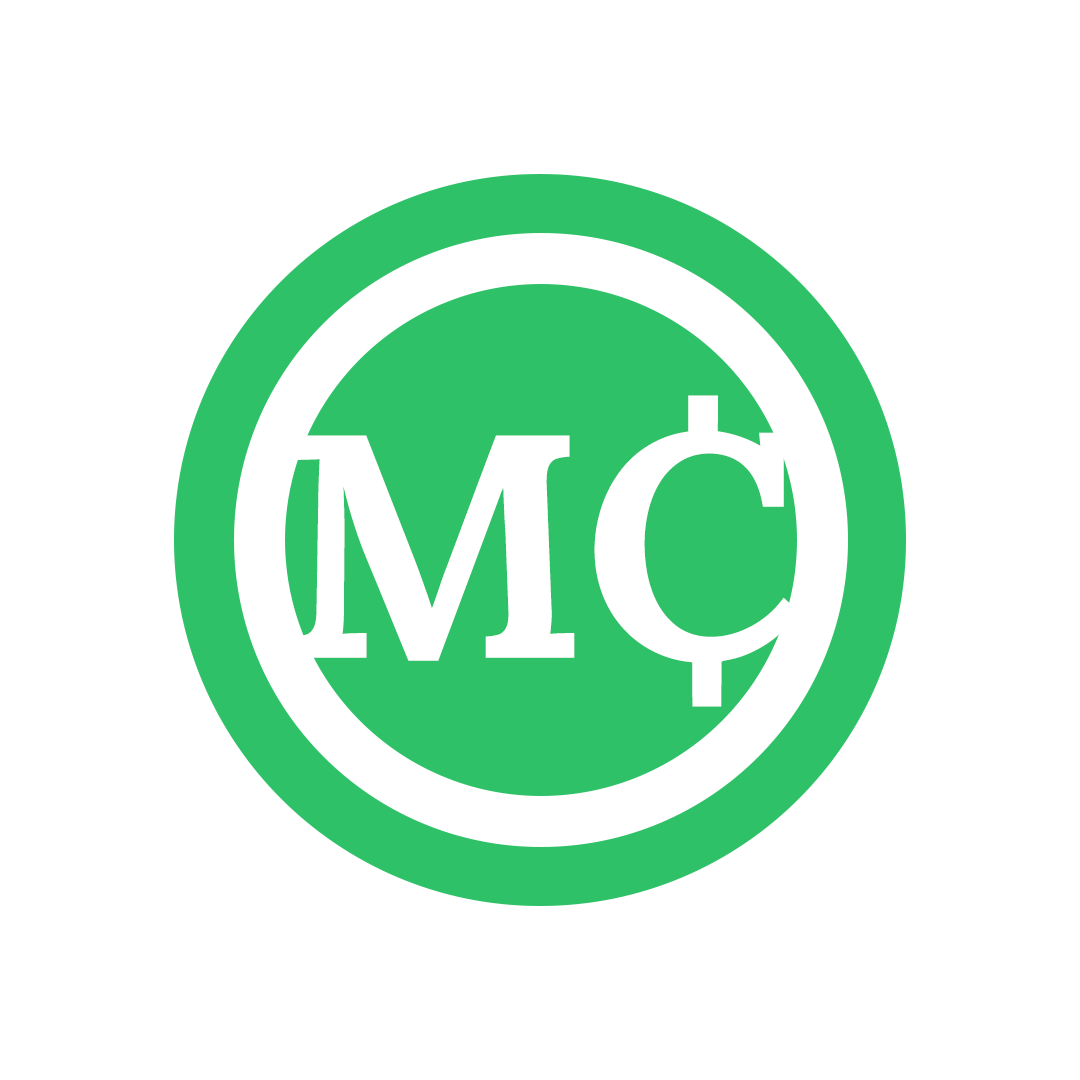Anúncios
Career Growth tips can change how you spend roughly 90,000 hours at work over a lifetime.
What small moves would make those hours more meaningful and closer to your purpose?
You will see how education, skills, and simple strategies nudge success without hype. Recent data shows higher education links to better pay and lower joblessness. Internal hiring is six times more effective and networking helps 80% of professionals.
Expect results to vary by your dedication and context. Managers, mentors, and focused conversations often speed learning. Empowered employees report 78% more engagement, and connected teams say they learn 131% more on the job.
In this guide you’ll get practical ways to map opportunities, set clear goals, and turn small actions into visible results. Use these tools this week to protect time, tighten your resume, and align work with purpose.
Why Career Growth tips matter right now
You spend roughly 90,000 hours working — those hours shape how your life feels.
That math makes planning worth your time. Advancement means moving up positions, shifting functions, or changing fields. Each path changes pay, daily tasks, and long-term satisfaction.
What the data shows: higher education often raises earnings, tech is reshaping roles in health and other sectors, and shortages (like nursing) open new opportunities.
- You’ll map how those 90,000 hours tie to life quality and decide what to protect.
- You’ll use conversations and internal postings to explore roles before applying.
- You’ll learn simple strategies—quick wins you can try this week and deeper moves to stack over months.
- You’ll focus on the few ways that fit your goals so you save energy and see real progress.
Expect practical takeaways: measurable next steps, a few repeatable habits, and guidance on networking with people who open doors. By the end of this guide, you should have simple actions to try today that move your job and future in the direction you want.
Find purpose and set clear career goals you can act on
Start by naming what energizes you at work and where your strengths actually land.
Purpose first: aligning strengths with roles and industries
Identify two tasks you enjoy and two skills you do well. Match those to roles or industries that need them.
Practical steps: list strengths, note when you feel energized, and map three positions that use those skills.
SMART goals with real examples for different positions
Write one SMART goal for your current job and one for your next position. Make them specific, measurable, and time-bound.
- Marketing example: “Increase qualified leads by 20% in Q4.”
- Operations example: “Reduce average ticket time by 15% by Nov 30.”
- Learning example: “Earn AWS Cloud Practitioner by December 15.”
Share your goals and build accountability with mentors and managers
Put goals on a one-page plan and review weekly. Share it with a mentor and your manager to get feedback and alignment.
Tip: break goals into two-week sprints, capture risks, and schedule a 15-minute monthly check-in to track progress and adjust.
Map advancement opportunities in your company and industry
Begin by mapping the routes inside your company and the wider field so you spot real options.
Why this matters: lateral moves often open paths when direct promotion lanes are narrow. Internal hiring is commonly six times more effective than outside sources, so knowing internal routes pays off.
Internal ladders, lateral moves, and emerging roles
Sketch your org chart and mark positions you could reach in 12–24 months. Include at least one lateral role that builds new skills.
Watch for tech-enabled roles that appear in adjacent teams, especially in healthcare and operations. These can create fresh opportunities quickly.
Research tactics: HR, org charts, peers, and news
Talk with HR and ask focused questions about must-have skills, interview tasks, and hiring timelines.
- Scan internal jobs weekly and subscribe to alerts.
- Ask peers who moved recently what gaps they closed and what surprised them.
- Track industry news to spot two trends that could affect hiring at your company.
Put it together: list 3–5 advancement options (one promotion, one lateral, one cross-functional). Compare role requirements to your resume, flag gaps for the next quarter, and practice a short pitch that links your results to the information you gathered.
Career Growth tips for learning that actually moves your salary
Choose learning steps that turn into measurable value at your job. Focus on short programs and certificates that link to real responsibilities and pay bands.
Education pays: how credentials and programs shift earning power
Data matters: higher education and targeted credentials often correlate with higher pay and lower unemployment. A full degree can widen options, but targeted certificates and on-the-job learning can boost advancement faster.
Low-cost learning stack: certifications, CE, MOOCs, and on-the-job training
- Free MOOCs + paid exam prep for one certificate that matches your role.
- Continuing education modules (CE) for skills like analytics or compliance.
- Stretch assignments and shadowing to turn knowledge into portfolio evidence.
- Short weekend cohorts or micro-credentials in your industry to test fit.
Leverage tuition assistance and employer-sponsored programs
Check benefits for tuition assistance and sponsored programs. Map deadlines and eligibility, then build a 90-day plan to apply new skills at work.
Do a quick ROI check: cost, time, and likely impact on your next role. Ask your manager which skills matter most and capture a short success story for performance reviews.
“Pick learning that solves a current business problem — that’s how you show value and earn advancement.”
Turn expectations into promotions: manage up with clarity
Make your manager’s priorities visible so you can deliver what matters. Start by scheduling a short meeting to request written expectations, success metrics, and a review timeline.
Ask for role expectations and success metrics
Confirm the baseline for your position: list 3–5 outputs you own so you know what “meets” looks like. Ask your manager for the metric, the target, and the date they expect results.
Design your “exceed the brief” plan and measure impact
Create a simple two-column sheet: expectations on the left, exceed ideas on the right. Tag each line with an owner, due date, and the manager’s name for context.
- Pick one stretch deliverable per metric and define how you will measure impact.
- Propose a low-risk pilot with guardrails to test value quickly.
- Share one slide of progress monthly to make momentum visible.
“Clear expectations drive performance and make advancement decisions easier.”
Capture outcomes in a small wins log. Ask for feedback on trade-offs so you don’t overcommit. Tie your plan to team goals and the skills that influence results—faster cycles, fewer defects, or higher satisfaction—to build a strong case for promotion.
Build mentorship and sponsorship the right way
Not all guidance is the same—some people coach, others champion you loudly. Use both to speed your progress and make your work visible.

Mentor vs. sponsor: what each does for your advancement
Mentors guide your skills and help you plan learning. They give feedback and share expertise so you perform better in your role.
Sponsors use influence to place you on visible projects and create real opportunities. Sponsors often advocate for stretch assignments that lead to promotion.
How to find, approach, and structure mentor meetings
Shortlist 3–5 individuals in your field who show the skills you want. Send concise outreach that states one goal and a 20-minute ask.
- Request a 20-minute meeting and share a one-line agenda.
- Bring a two-minute update, one question only they can answer, and a quick ask for one introduction.
- Close with a concrete commitment you’ll deliver by the next meeting.
Sponsorship for access and visibility, especially for underrepresented talent
Look for leaders who control projects and audiences you want to reach. Earn trust with steady delivery and clear impact statements.
- Join industry groups and peer community circles so you’re helpful before you ask for help.
- Use informational interviews to convert curiosity into ongoing mentorship.
- Set one mentoring goal per quarter, like “present in a leadership meeting,” to turn advice into measurable results.
Keep notes after each meeting, summarize action items, and send a short thank-you with outcomes. Be mindful of equity: sponsorship can close access gaps and help build a successful career for underrepresented colleagues.
Grow your network and community for opportunities
Your next meaningful opportunity often arrives through a conversation you haven’t yet had. Start small and steady: aim for quality connections that add real value to your work.
Networking that works: events, online presence, and follow-ups
Refresh your LinkedIn: list outcomes and add 10 recent projects so people see your value at a glance. Set a weekly rhythm: two events or webinars, five thoughtful messages, and one peer session.
- Use this outreach script: “Hi [Name], I admire your work on X. Can I book 20 minutes to ask one question about how you approached it?”
- Follow up within 24 hours with a personal note and one offered resource.
- Track interactions in a simple sheet with context, promised resources, and next steps.
Informational interviews and peer circles that compound learning
Host a small biweekly peer group with rotating topics. Share one practical takeaway after each event so your network benefits.
“Eighty percent of professionals say networking helps their success.”
Brief your manager on any contact that could help the team. That shows your outreach aligns with business advancement and creates more chances for the job you want.
Work beyond your job title to earn stretch roles
Look for small, high-impact projects that let you practice new skills while keeping your core work steady. Volunteering for cross-functional tasks raises your visibility and creates real opportunities for advancement.
Propose a clear scope and success criteria so expectations are set and your team isn’t surprised. Pick one short deliverable that fits your current position and map milestones you can report on weekly.
- Identify a gap and offer a focused solution tied to team goals.
- Set measurable checkpoints and invite feedback as you go.
- Document outcomes with before/after metrics, screenshots, and brief testimonials.
Partner with another function to co-own a quick win. That builds trust and helps sponsors notice your readiness for bigger roles. When results are strong, ask for a small title modifier or interim lead duty to make advancement concrete.
“Visible, documented wins on cross-team work often attract the sponsors who unlock promotion paths.”
Protect your time and company resources to signal readiness
Protecting your focus and handling budgets carefully tells leaders you’re ready for more. Block daily focus time for your highest-value work and mark it clearly on your calendar so others know it’s not available.
Set meeting rules: require an agenda, decisions, and an owner. Shorter, structured meetings turn hours into progress and cut wasted time.
Track your top three weekly outcomes and tie them to team goals. Share a tiny report that shows minutes saved or costs avoided. Treat company resources like your own—plan buys, avoid rush fees, and cut small wastes that add up.
- Automate repetitive tasks and document processes to help teammates move faster.
- Use quick huddles to remove blockers early instead of letting issues stall work.
- Say no to low-value requests and offer a clear alternative that protects focus.
Check in with your lead about constraints and propose options that fit the budget. When you show reliable delivery and smart stewardship of resources, you turn operational discipline into a promotion story.
“Small habits that save time and money are visible signals of trust and readiness.”
Make yourself resourceful and visible across teams
Small, steady contributions across functions help you build trust and open new opportunities inside your company.
Volunteer for cross-functional projects and share credit
Pick projects that teach the exact skills you want to grow and that add measurable value. Clarify roles up front so work and credit are fair.
Do the unglamorous tasks well and call out partners publicly when results appear. That shows teamwork and builds your internal portfolio of wins.
- Choose 1 project that stretches your expertise and aligns to team goals.
- Post concise weekly updates in shared channels to show progress and blockers.
- Host a short knowledge share to raise the whole community and spread learning.
Show character, confidence, and professional communication daily
Write clearly, reply on time, and keep your tone respectful. Own mistakes fast, fix them, and protect your team’s reputation.
Ask leaders which aspects of a project matter most and tailor your updates to that lens. Connect visibility to business outcomes so it reads as service, not self-promotion.
“Consistent professionalism and integrity shape perception and trust — crucial for advancement.”
Use internal mobility, a sharp resume, and a tracker to advance
Treat internal job boards like a market you check weekly; small habits turn listings into interviews. Set aside 20 minutes each week to scan openings, set alerts, and message HR about roles that match your career goals.
Scan internal postings weekly and talk to HR
Review internal jobs weekly and subscribe to alerts. Send HR a short message that names one team and one skill you bring.
- Note postings you qualify for and those you could reach with one skill upgrade.
- Ask HR about timelines, interviews, and any relevant programs.
- Log HR feedback in your tracker so it informs future applications.
Refresh your resume and cover letter for each position
Tailor your resume to the position. Front-load outcomes and metrics that match the job description.
- Highlight 2–3 results that show the exact skills the team needs.
- Address the cover letter to the hiring manager by name and cite how you meet the expectations.
- Save files clearly: FirstLast_Resume_Company_Role.pdf for quick access.
Keep an application tracker to spot patterns and improve
Create a simple spreadsheet with 3–5 columns: job, date, status, interviews, notes, and follow-ups. Use it to test what works.
- Track which keywords or examples led to interviews and refine your materials.
- Include a portfolio link with 2–3 examples to strengthen your case.
- Run a short retrospective monthly to update your process and spot new opportunities.
“Internal hiring is often six times more effective than outside sources; use a steady process and tailored materials to increase your chances.”
Conclusion
You can shape your path with focused actions that respect your time and priorities.
Results depend on your effort, context, and timing. Use a short plan this week: one measurable goal, one mentor check, and one small program or task that proves value.
Treat your goals as living notes. Revisit them monthly, track outcomes, and pick education or a degree only when the ROI fits your life.
Lean on mentors, expand your network, and keep proof of impact ready. Small, steady moves compound into real advancement and lasting career advancement.



